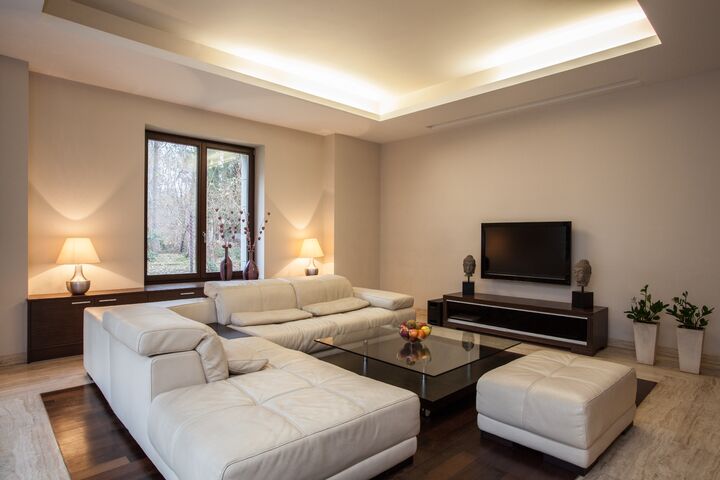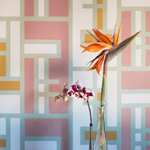
One of the most important factors in a home is having the proper lighting that would not only make your interior look pleasing, but also to enable you and your other household members to perform their duties, feel secure and comfortable. There are a lot of uses of lights in our homes: some for general uses and others for more specific functions like showcasing your wall murals or paintings. In reality, lighting in homes consumes around 8-15% of the total home electric consumption. This depends on the design and the type of light that you have in your home. Nowadays, there are different kinds of light that are available for your home. There are those which have lower wattage which is recommended by many homeowners. One of the current trends is the use of LED lights. LED has been one of the breakthroughs in lighting technology since the brightness is similar with the conventional bulb but with lower wattage, therefore giving you savings in electrical consumption and money. In addition to these, there are also many styles to choose from that would do great in your homes.
Have you ever inspected the light fixtures in a room when you enter it? Probably not. Why? The reason is simple. When you are comfortable with the lighting in a room, you do not bother of knowing why. If the lighting in a room has been wisely chosen, it creates an inviting environment that encourages people to stay. In many cases, the problem that is mostly encountered is having bright lighting which feels like you are in a trauma room of the hospital. What a house needs is the right balance to make it more inviting.
Tips on how to have proper room lighting
Every homeowner desires to have an inviting and cozy room. In general, lighting can have varieties that have effects to the mood of the individual. Proper balance can made a comfortable environment that make people linger in it. On the other hand, without the proper balance may become an eyesore.
Here are some tips on how to achieve that ideal room lighting:
• Localized light source – architects and designers say that a well-lit room has layers of light that blend well together. It is recommended that homeowners should try to incorporate multiple points of light. The right lampshade for instance can be used as long as the light is properly diffused.
• Dimmer should be added – there are certain rooms in the house that can have multiple functions. Multipurpose rooms need to have dimmers. Dimmers allow flexibility which depends on the time of the day or even mood. This can save you lots of energy as they can be adjusted when natural light is enough to illuminate certain areas of the room. Aside from energy consumption, dimmers can also prolong the life of the light bulb.
• Research on bulbs – there was a time when fluorescent light is the trend in the lighting industry. However, designers nowadays recommend not using the type of light anymore as it can lead to fatigue eyes. It is strongly recommended to use compact fluorescent light bulbs (CFLs). LED are ideal nowadays since they have the brightness of a conventional light with lower wattage which will allow yo to save energy. However, LEDs are a little bit costly but are worth the investment.
• Identify the function of the room – certain rooms in the house have their specific functions. For example, is the room for cooking? dining? studying? playing board games? or relaxing? Rooms have their own functions, therefore need the proper lighting. Kitchen, for instance, need a complex lighting. The workplace should have a direct light source and must be below the eye level. Living rooms must have a combination of floor lamps, table lamps, and down lights. It is also recommended that the living room have stylish light fixture since light can also be treated as a decor. Bedrooms likewise should have variety of light sources. Reading lights need to be incorporated at the bed and desk. Overhead lights must have dimmers so that the occupants may be able to adjust the brightness to create the desired mood for the room.




